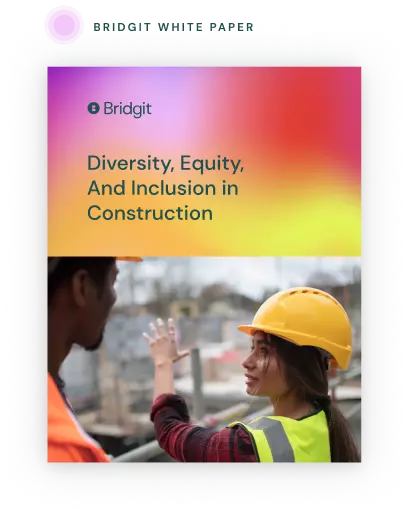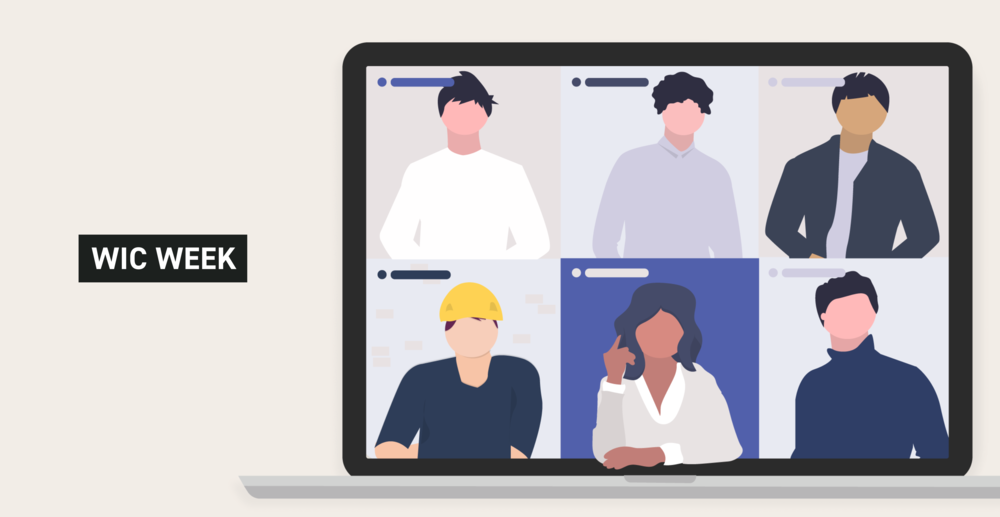This article originally appeared in ForConstructionPros.
Table of Contents
The labor shortage in construction is a topic that’s been on repeat since the 2008 recession hit. It’s a popular subject, especially since 90% of general contractors across the US are currently worried about a labor shortage. Construction is a labor-driven industry, meaning the labor shortage also impacts productivity. According to McKinsey, construction productivity is about half of what it was in the 1960s.
It’s also a problem that’s about to get worse. In the next decade, construction will wave goodbye to the retiring baby boomers, and the struggle to fill that gap with younger generations who are uninterested in construction will be more apparent.
Steps are being taken to remedy the issue. Investment in construction technology is at an all-time high. Hardware and software are being developed to help optimize processes and get the most out of construction teams, but these are indirect solutions to a growing problem. Being a digital leader can make your firm more attractive to the younger generations, but that is a small piece of a much larger puzzle.
When talking about the available talent pool, we might need to call a spade a spade. Construction has a diversity problem, and the numbers back that up. Here are the stats from the US Bureau of Labor Statistics regarding diversity in construction:
- 10.9% Women (Office)
- 1% Women (Jobsite)
- 6% Black people
- 2% Asian people
When you see numbers like that, it becomes difficult to reconcile the concern for a growing labor shortage. That’s like going hungry because you only want pizza during a global mozzarella shortage.
There’s currently a massive opportunity in construction, especially with the generational shift, to shake up the old boys club and start dealing with the perceived labor shortage directly in addition to the support coming from tech. Imagine every contractor had to deal with the labor shortage except you simply because you’ve broadened your talent pool.

Addressing diversity, equity, and inclusion in construction with empathy
Download our white paper to see the industry’s challenges in attracting and retaining talent from historically underrepresented populations.
From labor-driven to people-driven
The tech industry shares a similar problem. In 2014, the industry began releasing diversity reports, and the numbers pointed to a similar white and male-dominant workforce. In the seven years since the diversity reports began, there’s been little to no improvement in diversity metrics from major players in the tech world (think Google, Apple, and Facebook).
Some tech companies, like female-founded construction software company Bridgit, have taken a people-first approach to being more inclusive in their recruiting and hiring processes. Bridgit CEO Mallorie Brodie shared some insight into how Bridgit has fostered a diverse culture.
“In order to support growing a diverse team at Bridgit, we re-visited two key parts of our hiring process:
1) We ensured that our job postings had fewer mandatory requirements in order to attract a broader and more diverse talent pool. Studies have shown that females only apply to roles when they meet 100% of the criteria, whereas males apply when they reach 60%.
2) Given the tech industry was quite male-dominated, we focused our outbound recruitment efforts in other industries with skills that could be beneficial to the growth at Bridgit. For customer-facing roles, we searched in the hospitality industry finding a strong overlap in skill sets required.”
– Mallorie Brodie, CEO @ Bridgit
The benefits of a diverse workforce are endless. Across all industries, a diverse workforce has led to:
- More profit – According to the Boston Consulting Group, companies with diverse management teams have 19% higher revenue
- More productivity – According to McKinsey, diverse companies outperform their industry norms by 35%
- Higher job acceptance rates – According to Glassdoor, 67% of job seekers consider a diverse workforce to be important when considering jobs
It’s a hard conversation to have; maybe that’s why nothing changes. It’s easier to point to an external labor shortage than to look internally and address the root of the problem. For those willing to change, however, you can start by asking yourself:
Do we actively hire people with different backgrounds and perspectives?
Look back at your last ten hires and the different final-stage applicants. With all other things being equal, who did you hire? If you’re saying to yourself that applicants from underrepresented groups weren’t a good culture fit, maybe your culture is the problem.
If we hire more diverse candidates, will they want to work with and stay with us?
After all, this is the ultimate goal, right? This comes down to your company culture. If harassment and discrimination go unchecked on your job sites or in the office, chances are your retention rates, and reputation will reflect that.
How do you make your company more inclusive?
It always comes down to company culture.
Inclusivity goes well beyond hiring. It’s a top-down initiative starting with evaluating your company culture. Is it welcoming and supportive of people with different backgrounds? All your work recruiting and hiring a diverse workforce is lost if your team isn’t receptive to new perspectives. A shift in company culture relies on full buy-in from leadership. It won’t be for your team if it isn’t your priority.
Take harassment and discrimination seriously, very seriously
Your company puts a lot of work into building your brand and being the best option for potential clients and new hires. Well, branding and reputation go hand in hand, and there are horror stories about the discrimination that’s been swept under the rug in the construction industry.
Don’t put your reputation at risk to protect an exclusive work culture. Address the problems head-on. Your team wants to know that you have their back.
Challenge your assumptions
It’s natural to have bias, we all do. Acknowledging any bias you may have is key to overcoming it. When you’re hiring new team members, take a step back and ask yourself:
- Why did you say “yes” to a new hire? Was it an easy decision because they walk, talk, and think like you? One quick way to stunt your company’s growth is to have a group of like-minded people.
- Why did you say “no” to a new hire? Make sure you’re using an objective lens when evaluating candidates.
Seeing is believing
Career development is one of the most important factors for job seekers. People want to be able to see themselves moving up within your company. If your entire leadership and management teams all share the same age, background, and experience, it’s difficult for anyone else to visualize themselves breaking those ranks.
This won’t happen overnight. You can’t just start replacing your entire team, but you certainly take steps to make diversity more visible to potential hires. That can mean updating your careers page and copy on your website, or photos on your website. Make sure your recruitment and interviewing process is representative of your organization’s diverse make up and let your recruits see that you walk the walk.
Provide (optional) bias training
It’s important to provide resources for your team to learn about, understand, and eliminate any conscious or unconscious bias. Why optional? Studies have shown that when you make bias training mandatory, you actually reinforce that bias. By making it optional you are giving everyone the choice to help improve their company culture and are increasing the likelihood of people engaging with positive change.
Embracing a more diverse workforce won’t be optional for long. The workforce of tomorrow won’t settle for less, and neither should you. It can’t be stressed enough that buy-in needs to start with leadership. They are the influencers within the company and set long-term organizational goals. If leadership has embraced diversity and change, the rest of the organization will follow and it will become a part of the fabric of the company in a genuine way.


